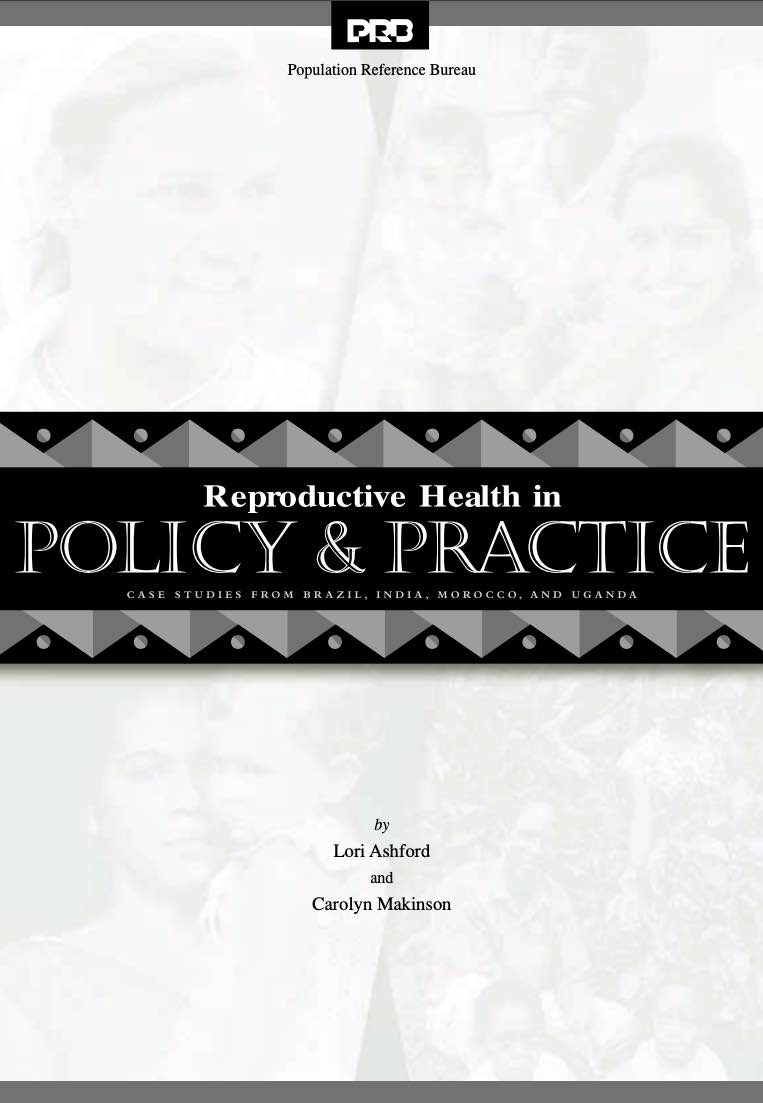Au Sénégal, les prostituées sensibilisent la population au SIDA
(2000) La Communauté sénégalaise du SIDA vient en nombre assister aux réunions du Conseil d'administration d'une association locale de femmes appelée AWA. Les conseillers des Nations Unies, le personnel médical, les représentants d'organisations non gouvernementales et le programme national sur le SIDA viennent faire honneur aux femmes pour leur leadership dans la lutte contre le SIDA.


